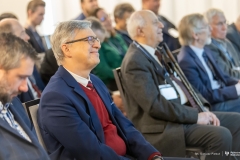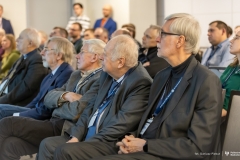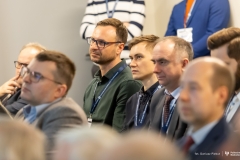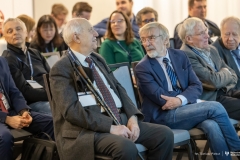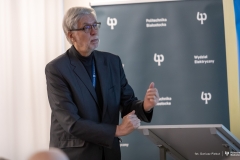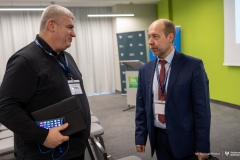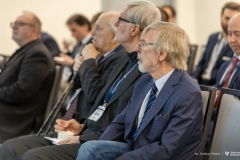Fibre Optics Technology Laboratory at Bialystok University of Technology!
22-01-2025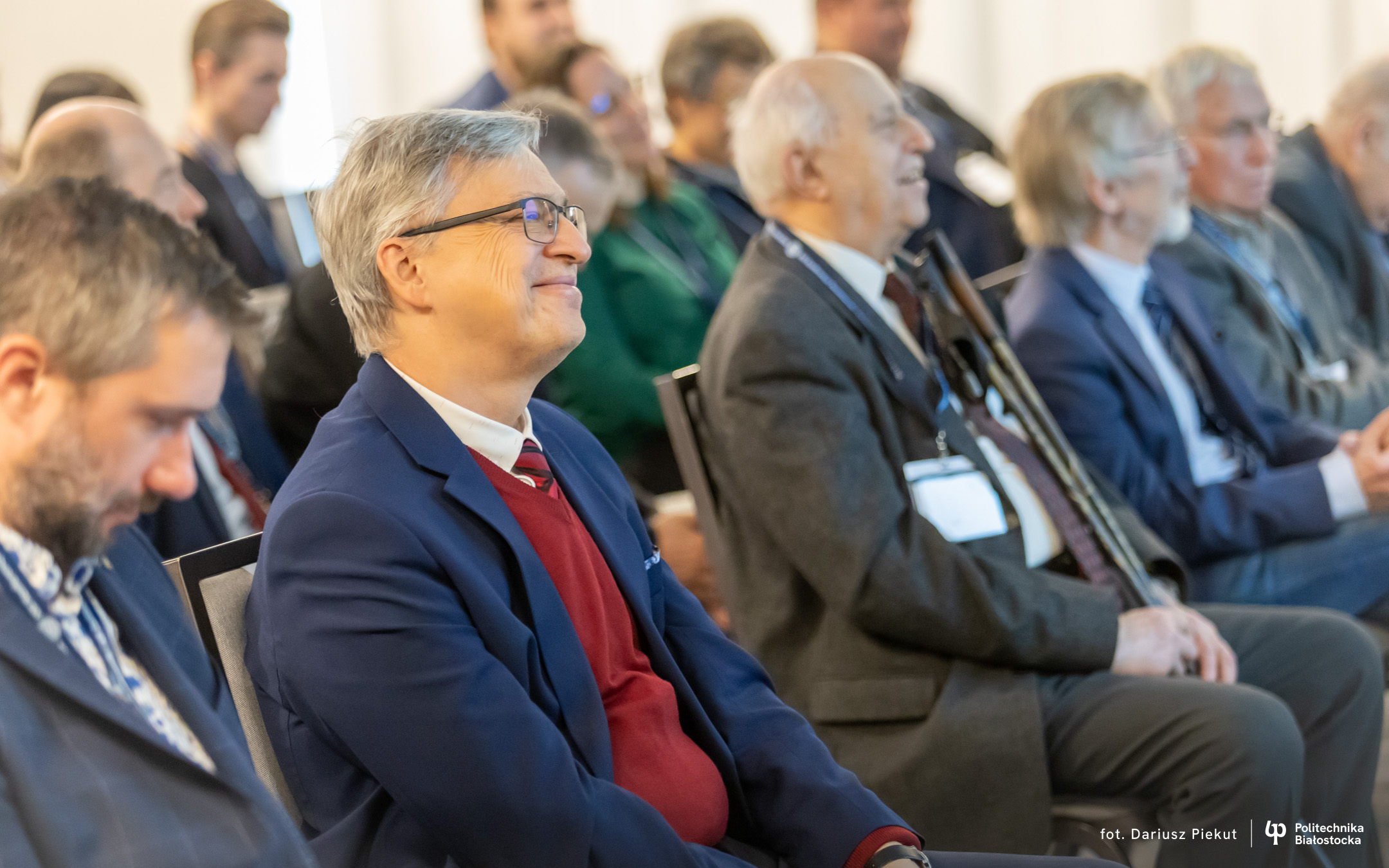
Fibre Optics Technology Laboratory at Bialystok University of Technology – research, development and innovation! Conference of Polish experts ‘Fibre optics and their applications’!
The Future Lies in Fibre Optics
Fibre Optics Technology Laboratory at Bialystok University of Technology is a key innovation hub in Poland and beyond. This is where we advance fibre optics technology, which plays a crucial role not only in science but also in industry, medicine, business, and environmental protection. Thanks to its rapid development, fibre optics enable high-speed data transmission, medical endoscopy, precision material cutting, and atmospheric pollution monitoring.
– Today, nothing works without fibre optics. The entire telecommunications sector relies on light transmission, – says Prof. Jan Dorosz, honorary professor at BUT and founder of the unique, European-scale Fibre Optics Technology Laboratory at the Faculty of Electrical Engineering. – But it also finds applications in medical endoscopes and industrial automation.
Not long ago, fibre optics were primarily associated with home internet connections, but today, they have diverse applications, benefitting us all.
– Fibre optics are used in the construction of new radiation sources, lasers, and a wide range of sensor applications. Polymer optical fibres connect TVs to audio equipment via digital optical interfaces, while high-power lasers are used for industrial material processing. These fibre optic constructions are highly efficient and are currently being rapidly developed, – adds Assoc. Prof. Piotr Miluski, DSc, PhD, Eng. of the Faculty of Electrical Engineering of Bialystok University of Technology.
Unique Fibre Optics Technology Laboratory at the Faculty of Electrical Engineering
Bialystok University of Technology boasts a unique in Europe Fibre Optics Technology Laboratory, focused on the production and analysis of multi-component and silica glass optical fibres. The modern laboratory facilities include an innovative fibre optic demonstrator, which is under development and offers a significantly wider emission bandwidth than commercially available sources. Its lasers and broadband sources will be utilised in remote sensing, medicine, measurement systems, and space telecommunications.
We focus on the practical aspects of science. At BUT we are researching fibre optics doped with quantum dots and rare earth ions for applications in telecommunications and developing oxide-fluoride glasses for fibre lasers used in surgical procedures.
Bialystok University of Technology – a pioneer in fibre optics
Researchers at our university are pioneers in the field of fibre optics, which was only just beginning in Poland in the 1980s. A world-renowned expert, a holder of multiple patents and an expert in multi-core optical fibres – Prof. Jan Dorosz of the Faculty of Electrical Engineering of Bialystok University of Technology has made a special contribution to its development. He established the Bialystok school of fibre optics, creating a team of specialists who secure funding, conduct research, and commercialise fibre optics projects.
– We’ve secured national and international grants, published significant works, filed patent applications, and obtained patents. For example, we’ve developed fibre constructions that differ from lighting fibres and are designed for laser applications and broadband sources, including those operating at two-micron wavelengths, – explains Prof. Marcin Kochanowicz, head of the Department of Photonics, Electronics and Lighting Technology of the Faculty of Electrical Engineering of Bialystok University of Technology.
Where will the fibre optics technology take us next?
The sky is the limit. There are no constraints on the applications of fibre optics. But where exactly is this technology headed?
– We can identify several directions in which fibre optics is heading. Obviously these directions are telecommunications and sensors. Active optical fibres, such as fibre lasers, are also an important area, – summarises Prof. Marcin Kochanowicz.
One thing is certain: fibre optics technology presents new challenges and opportunities, inspiring further research and collaboration between science and business. This field shapes modern industry, medicine, and even ecology.
The conference ‘Fibre optics and their applications’ brought together experts from various fields: including academia, government laboratories, industry, telecommunications operators and hardware and software suppliers. It was an opportunity to exchange knowledge, experience and contacts. The event, held between 20-23 February 2025 was organised by the Faculty of Electrical Engineering of Bialystok University of Technology and the Polish Society of Theoretical and Applied Electrical Engineering.
Fibre Optics Technology Laboratory (Special Fibres Laboratory) at the Faculty of Electrical Engineering of Bialystok University of Technology designs, manufactures, and analyses multi-component and silica glass optical fibres. The research infrastructure enables the production and characterisation of fibre optic preforms using the gas-phase deposition method (MCVD) doped with rare earth ions (chelates). It allows simultaneous doping with up to three lanthanides and aluminium.
Research and service offer:
- production of luminescent multi-component glass optical fibres;
- production and characterisation of silica fibre optic preforms using the MCVD-CDS method, doped with rare earth and passive ions;
- pulling optic fibres.
by hk, mz
Photo gallery of the event:

